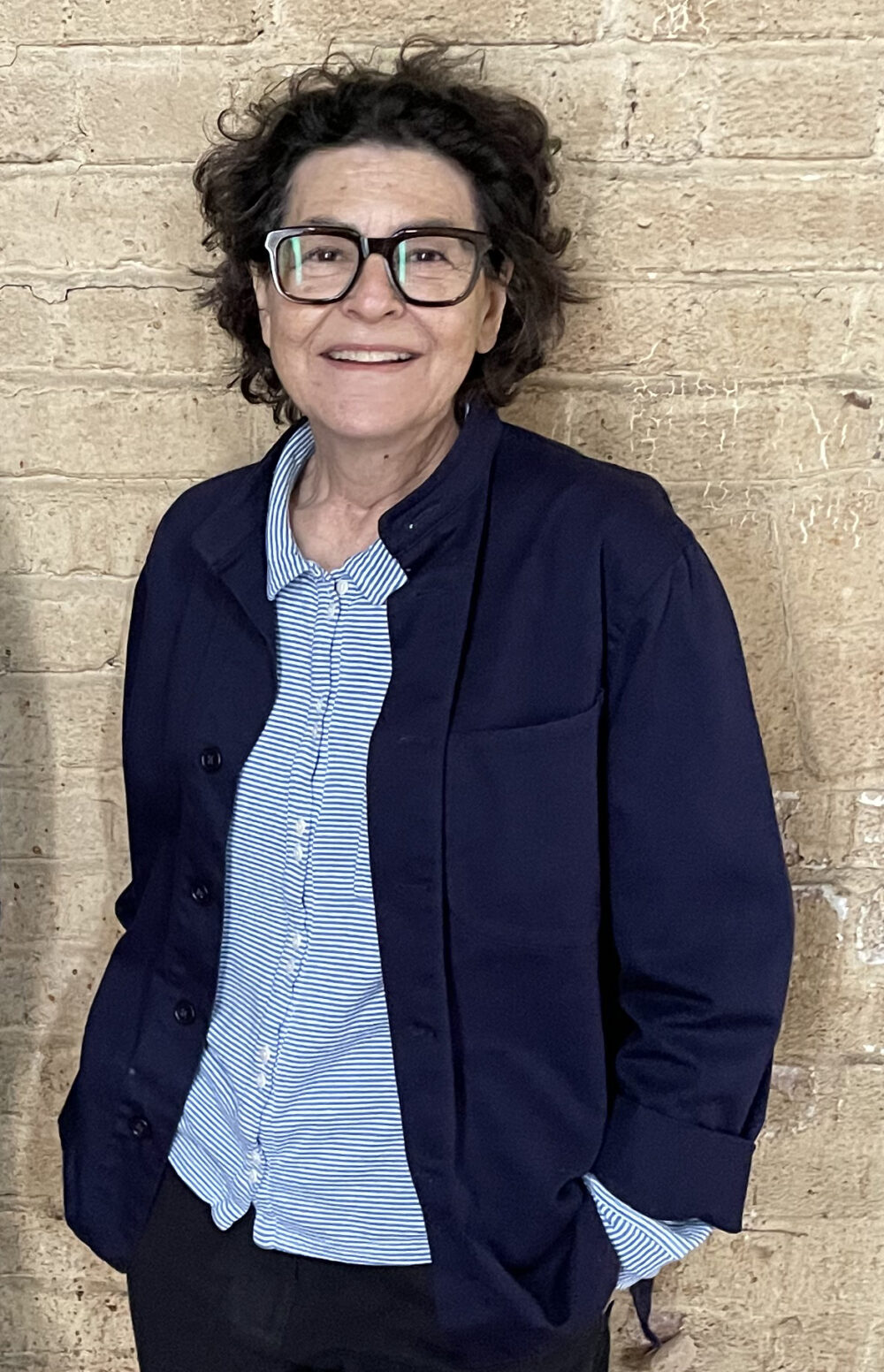ABOUT
After a career designing to order, Caz studied Ceramics & Glass at the Royal College of Art (MA), graduating in 2022. She makes works that resonate with her preoccupations with architecture, archaeology and memory. She feels liberated by the opportunity to explore these concerns through experimentation with materials to give form to her thinking through making. She says:
"I’m dazzled by the chameleon-like qualities of clay. It can be anything you want it to be."
Caz studied Graphic Design at Brighton University (BA) and the Royal College of Art (MA). She began her career designing books at publishers Penguin and Random House, then worked as a graphic designer and creative director, founding a studio, Here Design, designing books, brands and packaging. She has also created her own books on subjects including pasta and punctuation.
STATEMENT
Caz Hildebrand’s practice is concerned with temporality, seeking to make connections between the past, the present and the future, exploring the intersection between archaeology, architecture and art as part of a philosophical meditation on material continuity.
“My practice is an attempt to shape time, to rebuild and repair, using a vocabulary of material forms that can be arranged in multiple compositions, as a way of creating my own lexicon with which to reflect upon my experience and identity.”
Caz works mainly with clay, using various techniques and processes, including slab-building, slip casting and press moulding. She also works with glass, metal, plaster and stone. These materials have powerful associations for her, embodying both transience and longevity.
Hildebrand’s works reflect her preoccupations with Modernism and Brutalist architecture, connections, manifestations of memory, bereavement, loss and reparation, all set within the context of the urban landscape, which has been intrinsic in shaping her visual world. She was born in London and still lives in the city. Her approach is also informed by her previous career as a graphic designer.
Caz is currently developing larger scale sculptural projects to encourage audience interaction with her works in site-specific spaces and the public realm.
